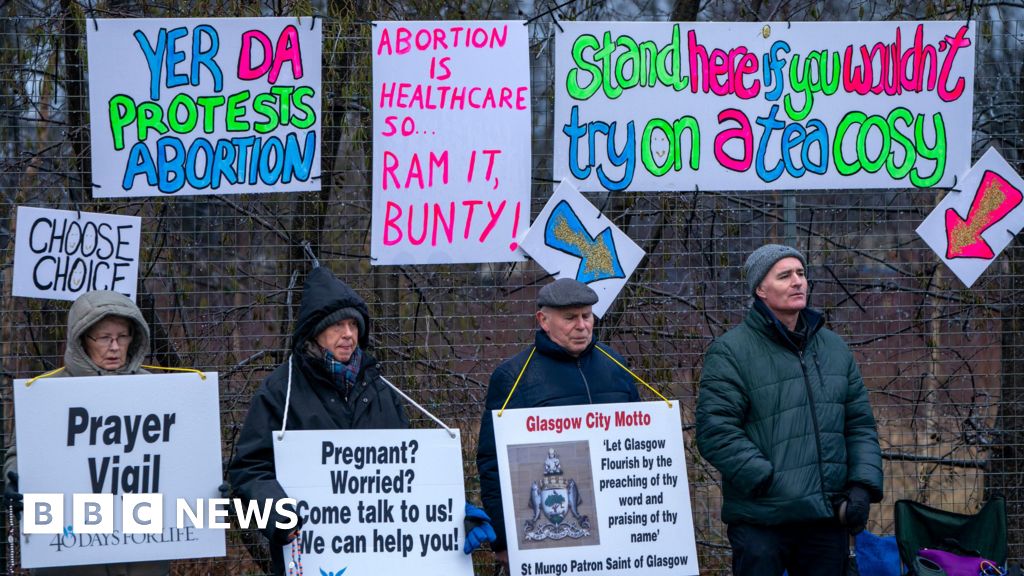This article is an on-site version of our Chris Giles on Central Banks newsletter. Premium subscribers can sign up here to get the newsletter delivered every Tuesday. Standard subscribers can upgrade to Premium here, or explore all FT newsletters
The last time the Federal Reserve, Bank of Japan and Bank of England all met in the same week, it was the BoJ’s hawkish hike that made the weather in markets over the days that followed.
This time, the Fed’s decision to start the cutting cycle with a half-point bang last week largely overshadowed the BoE and BoJ’s prudent holds, propelling the S&P 500 to new highs.
As is customary, the central bank’s chair Jay Powell took questions from journalists at the post-statement press conference. Yet the Federal Open Market Committee’s about-face on its previous guidance raises a host of other, harder-to-answer, ones.
Here are a few of the most important.
1. What does data dependency really mean?
Self-possessed and relaxed, Powell conveyed confidence, even optimism, as he explained the rate decision. “Nothing to see here,” he seemed to be saying. It worked: investors reacted positively, dispelling previous fears that they would read a large cut as a sign of panic from policymakers.
But his framing was a little disingenuous. With the half-point cut, the FOMC backtracked on earlier indications that it would start the easing cycle with a regular 0.25 percentage point move. Even more importantly, the new Summary of Economic Projections quietly introduced a major reassessment of what the central bank needs to do to keep the US economy on track for a soft landing.
The new GDP growth forecasts were basically unchanged from June. Inflation forecasts were lower and unemployment forecasts higher, but they did not indicate a substantially different economic environment to forecasts three months ago.
But the rate path that Fed policymakers think is required to get there is now much lower.
Powell would probably say that this is simply data dependency in practice: policymakers change their view as the data changes. “We took all of those [data] and . . . concluded that this was the right thing for the economy,” he said. Had he been challenged about the dot-plot revisions, he would have presumably given a similar answer.
But there are issues with this narrative.
The change between the June and September dot plots is big. Earlier this year, it took several months of bad inflation data for rate-setters to notch down their projected number of 2024 cuts from three to one. By contrast, the past few months’ labour market data, even if slightly disappointing, is not flashing red. “The labour market is actually in solid condition . . . you’re close to mandate, maybe at mandate, on that,” Powell said during the press conference.
It doesn’t sound like a solid basis to justify the major dovish shift that took place below the SEP’s surface. Was Powell accurate in saying that the Fed is responding to the data, or were other considerations in play?
2. Is the Fed losing the markets — if so, is that a bad thing?
The markets had seen the cut coming. Investors started seeing some chance of a half-point rate cut as far back as July, despite policymakers’ insistence that the Fed would, in all likelihood, ease only gradually. Ultimately, the traders’ call prevailed.
Believers in the Fed put clearly feel vindicated — and are doubling down. Markets currently expect it to reach its forecast terminal rate of 2.9 per cent in September 2025, more than a year ahead of the median rate-setter’s forecasts. In other words, they expect the Fed to deliver around eight cuts over the next 12 months or so. The Fed itself is projecting only six.
What might that mean for the Fed?
It could be that markets no longer believe the rate-setters. That would be rational, given how bad the dot plot has been at accurately predicting the Fed’s subsequent rate path. That raises the question of whether, if its decision-making truly is data dependent, the dot plot might not be ditched. Far from communicating policy clearly, it may be hurting policymakers’ credibility.
But overly dovish markets might be helpful in other ways. Powell said emphatically last Wednesday that the bank was not yet declaring victory over inflation. If markets keep financial conditions loose beyond the Fed’s own indications, the central bank can have it all: a stance that is “roughly balanced” between the two sides of its dual mandate, coupled with the stimulative effect of lower borrowing costs in the real economy.
The risk is that the reckoning, in the form of a big market correction, will eventually come. On a more positive note, anyone who is not bored with knife-edge 25-or-50 debates has plenty to look forward to.
3. How politically dangerous was the decision?
Presidential candidate Donald Trump is, to put it mildly, unusually attentive to Fed decisions. It surprised no one that he weighed in on the rate cut.
“It shows the economy is very bad . . . assuming that they are not just playing politics,” he said. Some, though not all, GOP lawmakers took the same view. Trump’s running mate JD Vance was uncharacteristically circumspect.
On the Democratic side, President Joe Biden called it a “declaration of progress” and attempted to link inflation’s decline to his administration’s policies. Vice-president and Trump rival Kamala Harris simply called it “welcome news”.
Powell has a strong record of defying political pressure on rate moves. Though his 2019 spat with Trump is most memorable, some Democrats have also unsuccessfully attempted to sway the Fed’s rate decisions.
But Trump has made overt threats to the Fed’s independence before. The decision to start the easing cycle on the eve of an extremely tight election is very unlikely to curry the central bank any favour with the volatile former president.
Something more to worry about if Trump wins in November.
The view from overseas
The Fed cut has also featured heavily in central bankers’ comments beyond US shores.
Start with the BoJ, which held rates on Friday. The central bank is on a gradual journey to normalisation, and markets have long considered Fed rates play a key role in its pace through their effects on the yen. The Japanese currency had long been seen as too weak, but following a flash market crash and rapid appreciation of the yen in early August, markets unwound bets on further BoJ increases next year.
At Friday’s press conference, governor Kazuo Ueda acknowledged that the BoJ would be watching developments in the US closely. “One factor we’d like to look at is whether the US economy will achieve a soft landing, or whether the slowdown could be a bit more severe,” he reportedly said, while reiterating that the BoJ would increase rates again if its economic forecasts were realised.
But markets did not really react, perhaps believing that the BoJ is worried about excessive yen strengthening as well as weakening.
At the European Central Bank, Italy’s Fabio Panetta, a dovish member of the governing council, seized on the US’s jumbo cut as a reason to deliver more easing in the near term. This argument is unlikely to have traction, not least because earlier this year Panetta had argued that the ECB should cut faster if the Fed’s stance proved tighter than expected.
The ECB arguably has little to fear from the spillover effects of a faster US cutting cycle: it would boost export demand for European products, driving growth, and strengthen the euro, which is disinflationary. If the Eurozone economy does not rebound as the governing council currently expects, the ECB may well accelerate its own cutting cycle in the coming months. But the Fed probably won’t have much to do with it.
What I’ve been reading and watching
-
Craig Coben’s fascinating article on how the German government mismanaged the sale of its Commerzbank shares, allowing UniCredit to swoop in and JPMorgan to earn a hefty fee.
-
This handy article from Politico unpacks which countries are up and which are down in Ursula von der Leyen’s new team of commissioners — and what her picks signal about the EU’s priorities over the next five years.
-
Should the Bank of England change its name? This is one of several provocative proposals about how to reform the Old Lady that Tony Yates would like Rachel Reeves to consider. FT readers can join in on the poll.
-
Lionel Barber’s profile of Masayoshi Son, investor and inveterate risk-taker whose career spanned 1980s Japan, the 2000s dotcom boom and the golden years of venture capital in the 2010s, but whose record has been blighted by a poor sense of timing (among other reasons). His bets are now on AI. But has he missed the train?
A chart that matters
Between profit warnings, botched forced labour audits and mass lay-off plans, European carmakers have had a terrible month. Once an engine of export revenue, employment and economic growth, the sector is now stalled, buffeted by competition from Chinese carmakers at home and abroad.
The EU is gearing up to raise tariffs on Chinese electric vehicle imports. A decision is expected in the next few weeks. But whether investors’ minds about the sector will change is another matter. The EU’s biggest auto names have been a major drag on the European stock index in the past few months, as the chart below shows.
Recommended newsletters for you
Free lunch — Your guide to the global economic policy debate. Sign up here
Trade Secrets — A must-read on the changing face of international trade and globalisation. Sign up here






















































































































































You must be logged in to post a comment Login